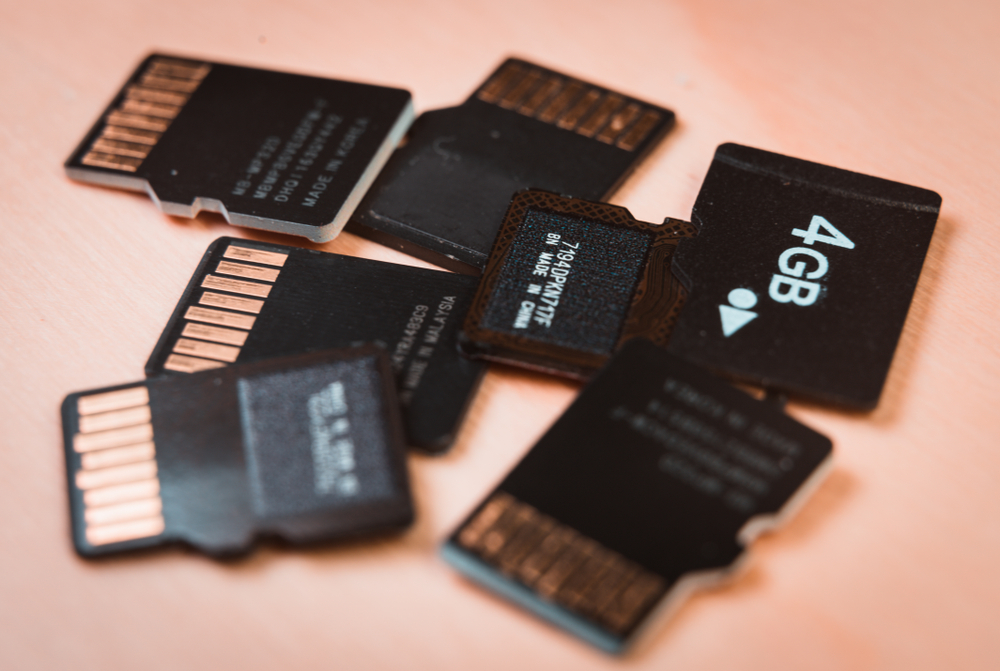MicroSD Cards Gain Support for High-Speed NVMe Interface
At the Mobile World Congress conference in Barcelona today, the SD Association announced the new microSD Express standard based on the PCIe and NVMe interfaces.
New SD 7.1 Specification
The SD Association announced the microSD Express interface as part of the new SD 7.1 specification and some manufacturers have already announced microSD cards that support it.
The need for higher-speed microSD has increased primarily due to more smartphones gaining support for 4K resolution video recording at 60 frames per second (fps), as well as for 960 fps slow-motion videos, which can turn into very large files very quickly. Higher-speed microSDs are also increasingly needed for the ever-evolving gaming systems, multi-channel IoT devices, numerous automotive uses, action cameras, 360-degree videos and VR use cases.
Hiroyuki Sakamoto, SDA president, in a statement said: “microSD Express gives the mobile industry a compelling new choice to equip mobile devices with removable SSDs. SD 7.1 prepares consumers and mobile device manufacturers to meet ever increasing storage demands for years to come.”
SSD Speeds for microSD Cards
The microSD Express interface uses the PCIe 3.1 and NVMe v1.3 specifications defined by PCI-SIG and NVM Express, respectively. PCIe 3.1 comes with support for low-power states, which enable the low-power implementation of SD Express for mobile devices. The power utilized by microSD Express cards for data transfers is expected to be less than what traditional microSD cards consumed.
The SD Association and NVM Express Inc believe that microSD Express cards could be rapidly embraced in future products as consumers start to treat microSDs more like removable SSDs for their mobile devices.
Amber Huffman, NVM Express Inc. president, said: “NVMe is the industry-recognized performance SSD interface from the client to the data center to mobile, shipping in millions of units. By SDA adopting NVMe technology into the new microSD Express cards, users can experience lower latency and increasingly fast transfer speeds across various applications.”
Get Tom's Hardware's best news and in-depth reviews, straight to your inbox.
Lucian Armasu is a Contributing Writer for Tom's Hardware US. He covers software news and the issues surrounding privacy and security.
